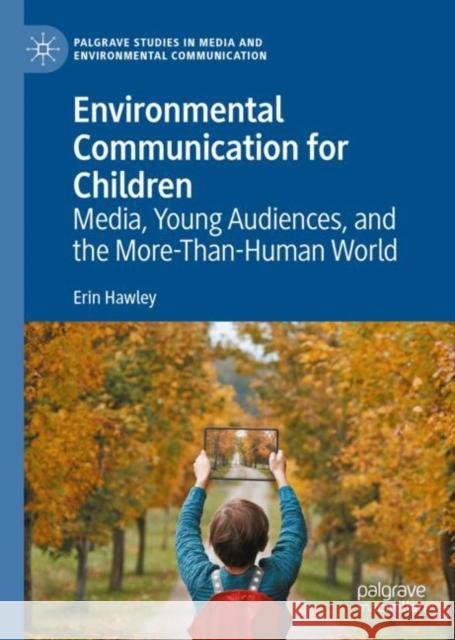Environmental Communication for Children: Media, Young Audiences, and the More-Than-Human World » książka
topmenu
Environmental Communication for Children: Media, Young Audiences, and the More-Than-Human World
ISBN-13: 9783031046902 / Angielski / Twarda / 2022 / 266 str.
Environmental Communication for Children: Media, Young Audiences, and the More-Than-Human World
ISBN-13: 9783031046902 / Angielski / Twarda / 2022 / 266 str.
cena 401,58
(netto: 382,46 VAT: 5%)
Najniższa cena z 30 dni: 385,52
(netto: 382,46 VAT: 5%)
Najniższa cena z 30 dni: 385,52
Termin realizacji zamówienia:
ok. 22 dni roboczych.
ok. 22 dni roboczych.
Darmowa dostawa!
Kategorie:
Kategorie BISAC:
Wydawca:
Springer International Publishing AG
Seria wydawnicza:
Język:
Angielski
ISBN-13:
9783031046902
Rok wydania:
2022
Ilość stron:
266
Wymiary:
21.0 x 14.8
Oprawa:
Twarda
Dodatkowe informacje:
Wydanie ilustrowane











